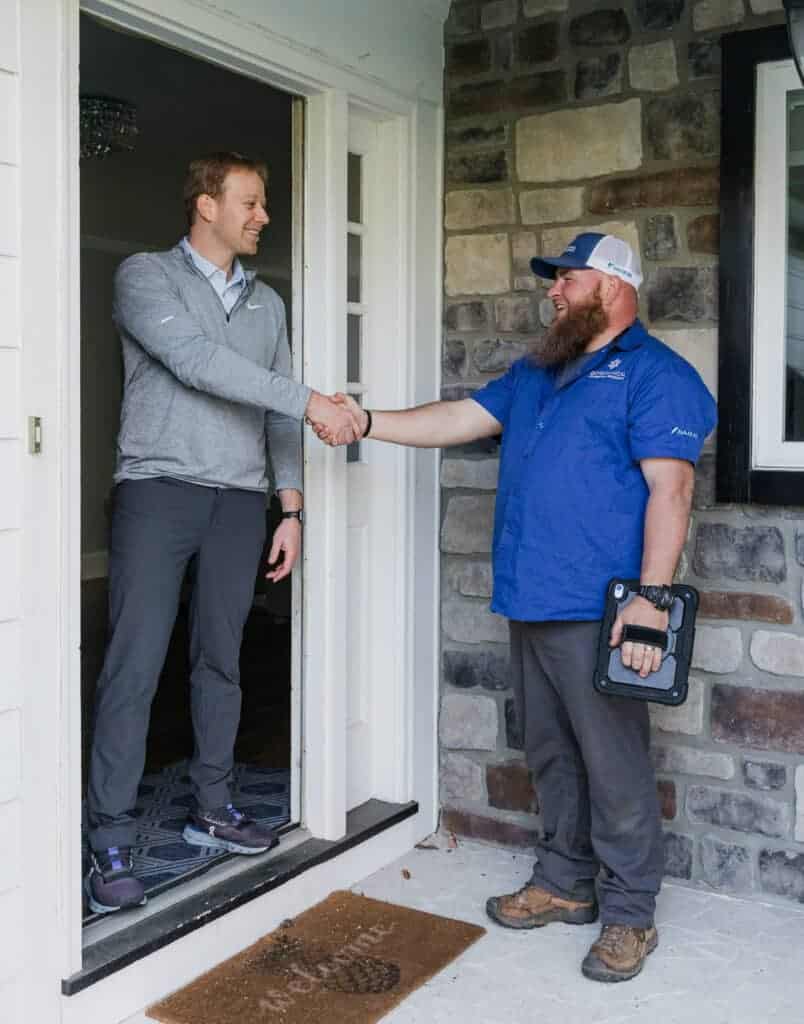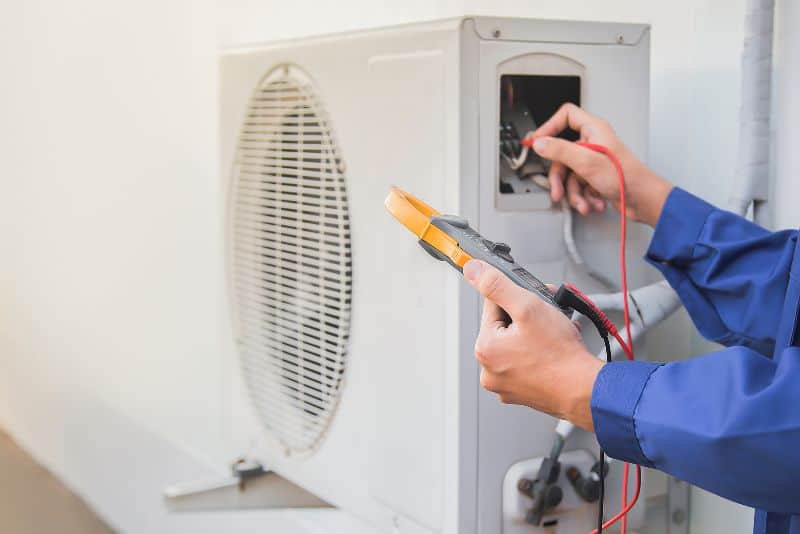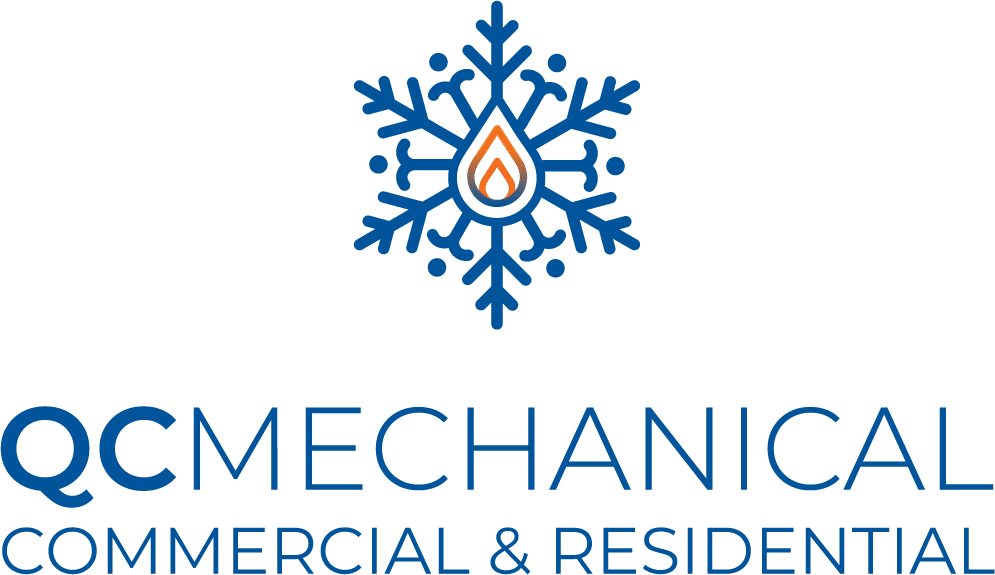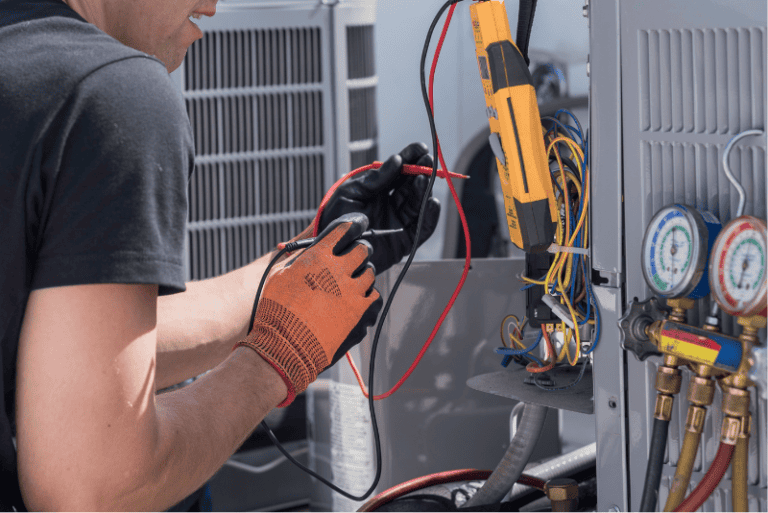When your air conditioner stops cooling or your heater won’t kick on in the dead of winter, you’re likely facing one of the many common HVAC problems homeowners encounter each year. From strange noises to rising energy bills, common HVAC problems can disrupt your comfort and lead to costly repairs if not addressed early.
The good news? Most of these issues are preventable with timely maintenance and early detection. In this post, we’ll break down the most frequent HVAC problems, why they happen, and what you can do about them—before they become major headaches.
Dirty or Clogged Filters
One of the simplest yet most overlooked HVAC problems is a dirty air filter. When filters become clogged with dust, pet hair, or debris, your system has to work harder to push air through, reducing efficiency and potentially causing system failure. Replacing or cleaning your filter every 1–3 months can make a big difference in performance.
Thermostat Malfunctions
If your HVAC system isn’t responding correctly, the issue might be your thermostat rather than the system itself. Whether it’s outdated, improperly calibrated, or experiencing sensor issues, a malfunctioning thermostat can cause temperature inconsistencies and system short-cycling.
Refrigerant Leaks
Low refrigerant levels typically mean there’s a leak. This is a common issue in older air conditioning units and can lead to poor cooling performance, increased energy usage, and even compressor damage. Fixing a refrigerant leak requires a professional technician to repair the line and recharge the system.
Electrical Control or Wiring Failures
Your HVAC system relies on a network of electrical components to function. Corroded wires, tripped breakers, or failed capacitors can cause unexpected shutdowns or prevent the system from starting at all. Routine inspections can help catch these issues early.
Drainage Problems and Water Leaks
Condensate drains can become clogged, especially in humid environments, leading to water backing up and leaking around your unit. If left unchecked, this can cause water damage or mold growth in your home. Regular cleaning of drain lines is an easy preventive step.
Keep Your HVAC Running Smoothly
Knowing these common HVAC problems is the first step in preventing system breakdowns. Regular maintenance, timely repairs, and keeping an eye (and ear) out for anything unusual can extend the life of your system and save you money in the long run.
Quick Troubleshooting Tips Before You Call a Technician

Before calling in a professional, try these simple checks that could solve the problem on your own:
AC not cooling
- Make sure the thermostat is set to “cool” and the temperature is set lower than the current room temperature.
- Replace thermostat batteries if needed.
The heater is not turning on
- Confirm the thermostat is in “heat” mode.
- Check for tripped circuit breakers or blown fuses.
Weak airflow
- Replace or clean the air filter.
- Make sure supply and return vents are open and unobstructed.
Strange noises
- Inspect the outdoor unit for debris like leaves or sticks.
- Tighten any loose screws on panels or grates.
The unit is not turning on at all
- Check the fuse box or electrical panel for a tripped breaker.
- Look for signs of loose or damaged wiring (but don’t attempt to repair it yourself).
Prevent HVAC Issues with Routine Maintenance
Preventive HVAC maintenance tips are the key to avoiding unexpected breakdowns and extending the life of your HVAC system. Just like a car, your HVAC unit performs best when it’s regularly serviced.
Here are a few key tasks to include in your maintenance routine:
- Change or clean air filters every 1–3 months, depending on usage and indoor air quality.
- Schedule a professional inspection at least once a year—ideally in spring for AC and fall for heating.
- Clean the outdoor condenser unit—remove leaves, dirt, and debris to ensure proper airflow.
- Inspect ducts for leaks or disconnected sections that could waste energy.
- Check the thermostat settings and battery power to ensure it’s working correctly.
- Flush condensate lines to prevent water buildup and leaks.
These small steps can prevent many of the common HVAC problems discussed earlier.
Signs You Might Be Facing a Common HVAC Problem
Recognizing the early signs your HVAC needs repair can help you act before they escalate into expensive repairs. Below are common symptoms tied to specific issues:
- Unusual noises like banging, squealing, or grinding → could signal loose components or motor issues.
- Inconsistent temperatures in different rooms → may indicate a thermostat problem or ductwork issues.
- Spiking energy bills → often linked to dirty filters, low refrigerant, or electrical faults.
- Frequent cycling (turning on and off) → can result from thermostat calibration problems or dirty filters.
- Water pooling near your unit → usually points to clogged condensate drain lines.
Spotting these red flags early can help you avoid discomfort and expensive repairs.
What It Might Cost If You Ignore It

Delaying minor HVAC fixes can quickly turn into major air conditioning repair costs. Here’s what you might pay if problems go unchecked:
Dirty or clogged filters
- May cause system strain or failure
- Estimated cost: $75–$150 for service call or fan motor damage
Thermostat malfunction
- Leads to inefficient heating/cooling or short-cycling
- Estimated cost: $100–$300 for replacement
Refrigerant leak
- Causes poor cooling and potential compressor failure
- Estimated cost: $200–$1,000, depending on the leak and system damage
Electrical control or wiring failure
- Can result in total system shutdown
- Estimated cost: $150–$750 for diagnosis and repair
Drainage or water leak
- Risk of water damage, mold, or mildew
- Estimated cost: $100–$500 or more for cleanup and repairs
Conclusion
Dealing with common HVAC problems doesn’t have to be stressful. By learning the early warning signs, keeping up with routine maintenance, and taking action before small issues grow, you can keep your system running efficiently year-round.
However, when in doubt, it’s always a good idea to consult a trusted HVAC professional. They can diagnose and fix problems safely, saving you time, money, and future frustration.



